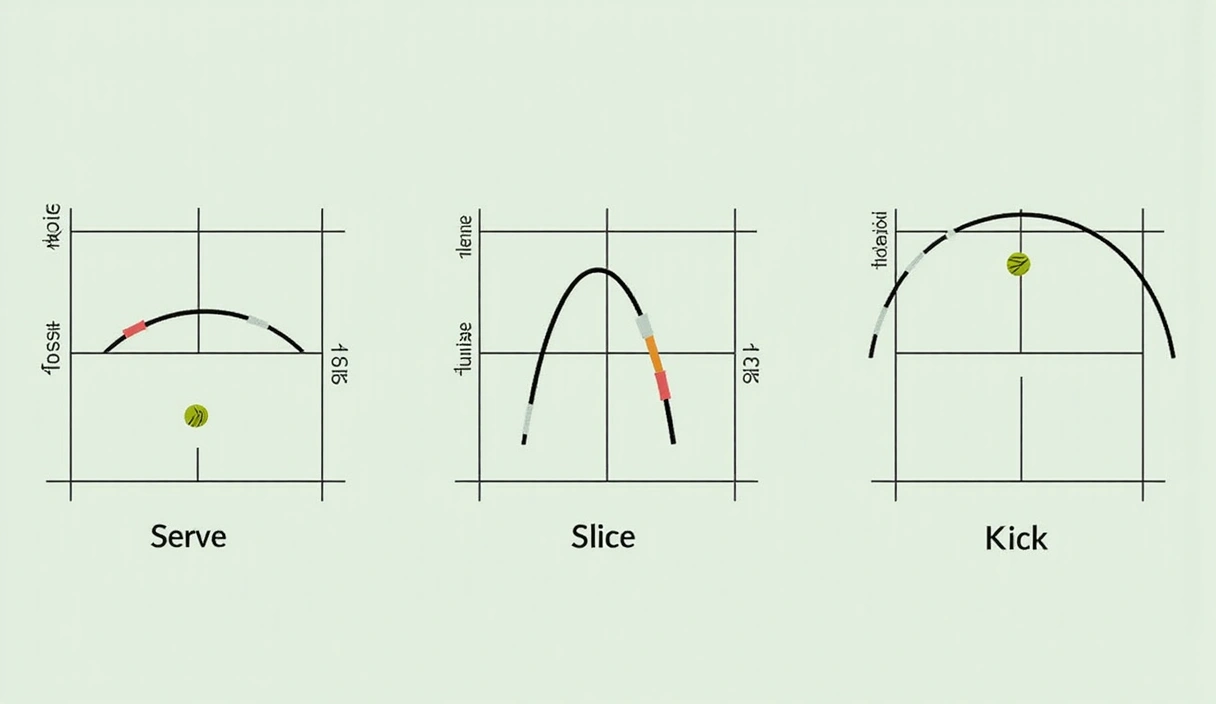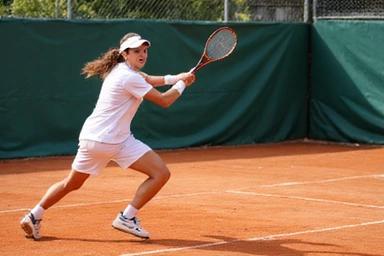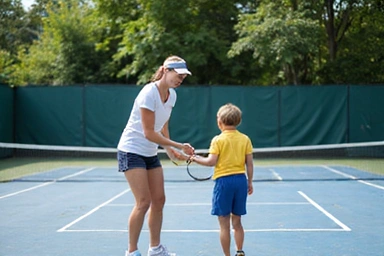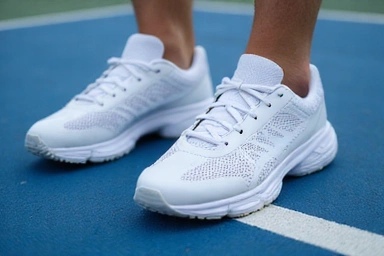Mastering the Serve: Techniques for a Powerful Ace

The serve is arguably the most crucial shot in tennis, initiating every point and offering the only opportunity for a player to have complete control over the ball's trajectory, speed, and spin. A powerful and accurate serve can dictate the pace of the game, create immediate advantages, and even lead to unreturnable aces. Mastering this fundamental stroke requires a combination of proper technique, physical conditioning, and strategic understanding. This article delves into the core components of a formidable serve, from the grip to the follow-through, providing insights to help you unleash your inner ace.
The Foundation: Grip and Stance
Continental Grip: For a versatile and powerful serve, the continental grip is indispensable. Hold the racket as if you're shaking hands with it, with your index knuckle on bevel 2 (for right-handers). This grip allows for maximum wrist pronation and racket head speed, crucial for both power and spin. While it might feel awkward initially, consistent practice will make it feel natural.
Platform vs. Pinpoint Stance:
- Platform Stance: Both feet remain relatively stationary throughout the wind-up, providing a stable base. This is often favored by beginners or players prioritizing consistency.
- Pinpoint Stance: The back foot slides up to meet the front foot before the toss, creating a more compact and explosive coil. This stance generates more power but requires precise timing. Experiment with both to find what suits your biomechanics best.

The Crucial Toss
A consistent toss is the bedrock of a good serve. Without a precise toss, all subsequent movements become compromised.
- Height: The ball should reach its peak slightly higher than your outstretched racket, allowing you to hit it at the apex of your reach.
- Placement: For a flat serve, toss the ball slightly in front of your hitting shoulder and slightly into the court. For a slice serve, toss it more to your right (for right-handers), and for a kick serve, toss it slightly behind your head and to your left.
- Smoothness: Use a relaxed, upward motion with your non-hitting arm, guiding the ball rather than throwing it. Avoid any jerky movements.
The Kinetic Chain: Power Generation
The serve is a full-body motion, a kinetic chain that transfers energy from your legs through your core, shoulder, arm, and finally to the racket.
- Leg Drive: Bend your knees and push off the ground explosively. This leg drive is the primary source of power.
- Torso Rotation: As you drive up, rotate your torso, bringing your hitting shoulder forward. Think of it as unwinding a spring.
- Racket Drop and Lag: Allow your racket to drop behind your back, creating a "scratch your back" position. This racket lag generates immense racket head speed.
- Pronation: At the moment of impact, pronate your wrist, rotating your forearm inward. This is crucial for both power and imparting spin.

Impact and Follow-Through
Impact Point: Strike the ball at the highest point of your reach, extending your arm fully. The sweet spot of the racket should meet the ball cleanly.
Follow-Through: After impact, continue the motion across your body, bringing the racket down on the opposite side. This ensures a full, relaxed swing and helps prevent injury. Maintain balance throughout the follow-through, landing inside the court ready for the next shot.
Types of Serves and Their Uses
Beyond the basic mechanics, understanding when to use different types of serves is key to strategic play.
- Flat Serve: Maximizes pace and aims for a direct winner. Best used on first serves when you want to put immediate pressure on your opponent. Requires excellent timing.
- Slice Serve: Imparts sidespin, causing the ball to curve away from the opponent after bouncing. Effective for pulling opponents wide off the court, opening up angles for the next shot.
- Kick Serve (Topspin Serve): Generates heavy topspin, making the ball jump high after bouncing. Ideal for second serves, providing high clearance over the net and a safe margin, while still being aggressive due to the unpredictable bounce. It can also be used to jam opponents with a high ball to their backhand.

Practice and Drills for Improvement
Consistent practice is non-negotiable for serve mastery. Incorporate these drills into your routine:
- Toss Drills: Practice your toss repeatedly without hitting the ball. Aim for consistency in height and placement.
- Shadow Swings: Perform the full serving motion without a ball to refine your technique and muscle memory.
- Target Practice: Use cones or targets in the service boxes to improve accuracy for flat, slice, and kick serves.
- Serve & Volley Drills: Practice serving and immediately moving to the net to simulate match situations.
- Video Analysis: Record your serve and analyze it against professional players' techniques to identify areas for improvement.
Mastering the serve is a continuous journey that demands patience and dedication. By focusing on the continental grip, a consistent toss, efficient kinetic chain utilization, and strategic variations, you can transform your serve into a formidable weapon on the tennis court. Remember, every great server started with the basics and built their game through diligent practice.


